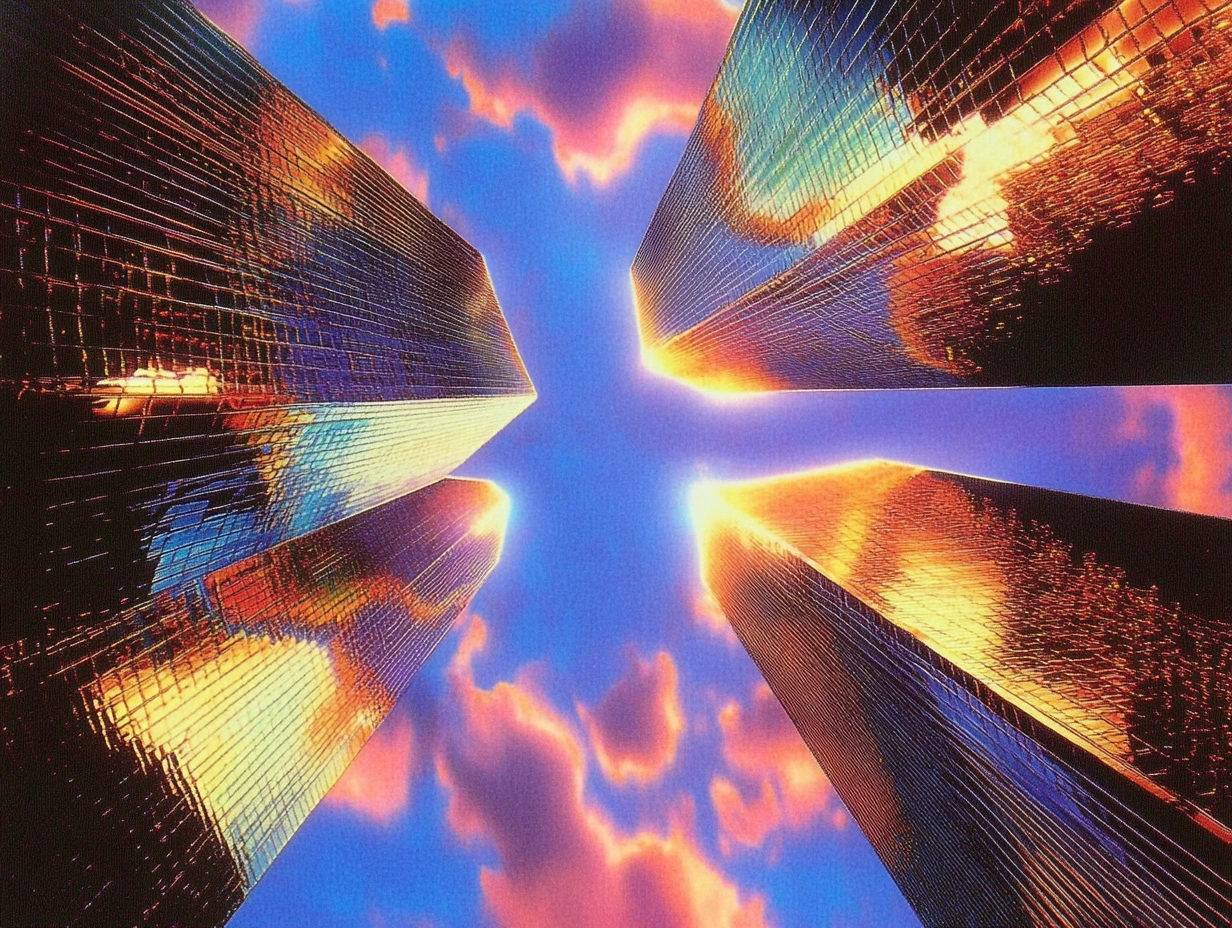When Webflow and Claude Started Talking

We've been having the wrong conversation about AI.
We keep asking whether AI will replace designers, whether it understands creativity, whether it can truly "know" what we want. These are the wrong questions. They assume AI works the way humans work, just faster or cheaper.
It doesn't.
The Model Context Protocol changes everything because MCP makes AI a better partner by accepting what it actually is.
The Translation Problem
Here's what nobody talks about: AI agents like Claude are brilliant conversationalists trapped in a soundproof room. They can think, reason, and create, but they can't reach the tools and data they need to do real work. Every time you ask Claude to update your website, create a design element, or manage your CMS, there's a translation problem.
You speak to Claude. Claude speaks back. But Claude can't speak to Webflow.
Until now.
Anthropic released the Model Context Protocol in November 2024, and it's not what you think. MCP makes the conversation between AI and your tools actually possible. It's a standardized language, a protocol, a handshake between systems that previously couldn't talk to each other.
Webflow got it. They built one of the first major implementations.

What Actually Changed
Before MCP, integrating AI with design tools meant custom code, API wrangling, authentication headaches. It meant developers building one-off solutions that broke when either side updated. It meant AI lived in one window and your work lived in another, and never the two shall meet.
The Webflow MCP server changes the equation. Install it in Claude Desktop or Cursor, authenticate once, and suddenly Claude can see your Webflow sites. Touch them. Change them. Build them.
Ask Claude to analyze your last five blog posts and suggest topics. It can read your CMS, understand your content strategy, and propose ideas grounded in what you've actually published. Ask it to add internal links between related posts. It can do that. Ask it to create a responsive hero section with a CTA button. It builds it directly on your canvas.
This isn't theoretical. It's working now.
The Bridge Between Worlds
The technical implementation reveals something interesting about how we'll work with AI in the future. Webflow's MCP server runs remotely and uses OAuth authentication. You authorize the sites you want Claude to access. A companion app sits in the Webflow Designer, acting as a bridge between Claude's requests and your live canvas.
When you're working, the app stays open. Claude sends instructions through the MCP protocol. The bridge app executes them in Designer. You see changes happen in real time.
The available tools span two domains. Designer API tools let Claude manipulate your canvas, creating elements, managing styles, working with variables and components, adjusting responsive breakpoints. Data API tools let Claude interact with your CMS, manage collections, handle localization, update metadata, even register custom code.
The friction disappeared. That's what matters.

Why This Matters Beyond Webflow
The Webflow implementation is notable because it demonstrates a pattern we're about to see everywhere.
Every SaaS tool you use has an API. Every design platform has data structures. Every CMS has content models. These systems have lived in silos, waiting for someone to write the glue code to connect them. MCP standardizes the glue.
Webflow didn't have to invent a proprietary AI integration. They implemented an open standard. Claude didn't have to build custom Webflow support. It speaks MCP. The next tool to implement MCP will work with Claude immediately. And with Cursor. And with every other AI agent that speaks the protocol.
This is how infrastructure gets built. With a shared language that lets everyone move forward together.
What You Can Do That You Couldn't Before
The examples Webflow suggests are telling. Real work, not demos.
Analyze content. Find patterns. Create connections. Build interfaces. Manage data. Update localization. These are tasks that required context switching, manual effort, decision fatigue. Now they require a conversation.
"Create a blog post template that matches my existing design system but optimized for SEO." Claude can look at your components, understand your styling patterns, and build something consistent. "Find all the CMS items that mention my new product and update them to link to the launch page." Claude can search, filter, and modify at scale.
You ask for them in plain English. They happen. That's the magic.
The New Leverage
We've known for years that great tools multiply human capability. Photoshop let photographers do things that were previously impossible. Webflow let designers build production sites without writing code.
MCP does something similar for AI collaboration. It takes the capability that's been locked inside large language models and gives it a way to touch the world.
The leverage comes from combination. You understand what needs to happen. You have taste, judgment, and context. Claude has tireless attention, comprehensive knowledge of APIs and best practices, and the ability to execute precisely. The MCP bridge makes both sides more valuable.
This changes the economics of creative work. Tasks that took hours can take minutes. Projects that required a team can be executed by one person with good questions. Quality that required deep technical knowledge becomes accessible to anyone who can describe what they want.

The Pattern
Watch what happens next. Other platforms will implement MCP servers. More AI agents will speak the protocol. The ecosystem will grow because it solves a real problem better than the alternatives.
We'll look back at this moment and recognize it for what it is: a communication layer that finally lets humans and AI work together without friction.
The tools we use will start talking to each other through AI intermediaries. The context will flow between systems. The questions we ask will get answered with action, not just words.
This is infrastructure. It's boring. It's essential. It's the foundation for everything interesting that comes next.
The real question: what can we build now that AI can actually reach our tools?
The answer is just starting to emerge. And it looks nothing like what most people expected.
What Now?
If you're using Webflow and Claude, install the MCP server. Try the integration. See what happens when you stop asking AI for advice and start asking it to do the work alongside you.
If you're building tools, consider implementing MCP. The specification is open. The ecosystem is growing. The earlier you join this conversation, the more influence you have on where it goes.
If you're skeptical, stay that way. But pay attention. The best way to predict the future is to watch what actually works, not what promises to work.
This works. The rest is just details.
.svg)
.avif)






.webp)